American Elm Branched Quart Pot – Hardy and Fast-Growing Shade Tree
Original price was: $52.99.$30.99Current price is: $30.99.
American Elm Branched Quart Pot – A resilient and fast-growing shade tree, perfect for landscaping. Hardy in USDA zones 3-9, it thrives in various climates, making it a top choice for urban and suburban planting.
Estimated arrival
Dec 15
Dec 20 - Dec 22
Dec 25 - Dec 29
Reasonable Price
We offer reasonable price

Support 24/7
Contact us 24 hrs a day

100% Money Back
You've 30 days to Return

Payment Secure
100% secure payment
The American Elm branched quart pot is an excellent choice for homeowners and landscapers looking for a hardy, fast-growing tree. Known scientifically as Ulmus americana, this native North American tree is valued for its graceful arching canopy, making it an ideal shade tree. With the ability to withstand temperatures as low as -42°C (-44°F), it thrives in USDA zones 3-9, ensuring adaptability across diverse regions.
With its classic vase-shaped structure, the American Elm is a timeless addition to gardens, parks, and streetscapes. This tree is disease-resistant in select areas, making it a resilient and low-maintenance option for urban environments. The branched quart pot size ensures easy transplanting and quick establishment.
The dark green, serrated leaves turn a stunning golden-yellow in fall, providing year-round visual appeal. Whether used as a shade tree, windbreak, or ornamental feature, this tree is a long-term investment in both beauty and function.
Key Features and Benefits:
- Tree Type: Deciduous shade tree
- Size: Quart pot, well-branched for quick growth
- Hardiness: USDA zones 3-9, withstands extreme temperatures
- Growth Rate: Fast-growing, up to 3-5 feet per year
- Foliage: Green serrated leaves turn golden-yellow in fall
- Uses: Ideal for landscaping, shade, windbreaks, and street planting
- Low Maintenance: Drought-tolerant and adaptable to various soil conditions
Popular Uses:
- Shade Tree: Provides excellent coverage for yards and streets
- Landscaping Feature: Enhances gardens, parks, and urban spaces
- Windbreak: Acts as a natural barrier against strong winds
- Wildlife Habitat: Attracts birds and pollinators
- Drought Tolerance: Thrives in various climates with minimal watering
FAQs:
Q: How fast does the American Elm grow?
A: The American Elm is a fast-growing tree, adding 3-5 feet per year, making it an excellent choice for quick landscaping solutions.
Q: Is the American Elm disease-resistant?
A: While historically affected by Dutch Elm Disease, some American Elm trees have developed resistance, and this variety is suitable for planting in areas where the disease is not prevalent.
Q: What soil conditions are best for this tree?
A: The American Elm thrives in well-draining soil but adapts well to various soil types, including clay, loam, and sandy soils.
Q: When is the best time to plant the American Elm?
A: The best time to plant is in spring or fall, allowing the tree to establish its roots before extreme temperatures.
Q: How should I care for my American Elm after planting?
A: Ensure regular watering during the first year, mulch around the base to retain moisture, and prune dead branches as needed to maintain its shape.
Be the first to review “American Elm Branched Quart Pot – Hardy and Fast-Growing Shade Tree”

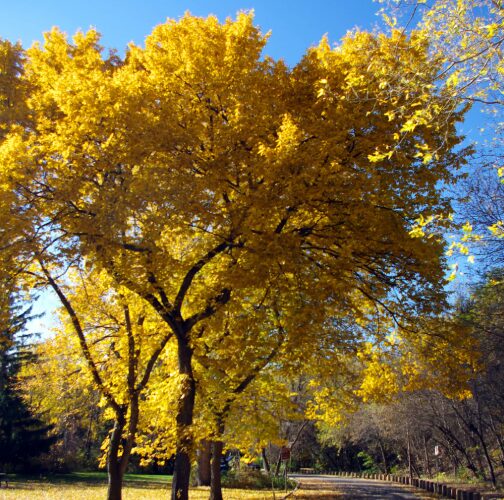
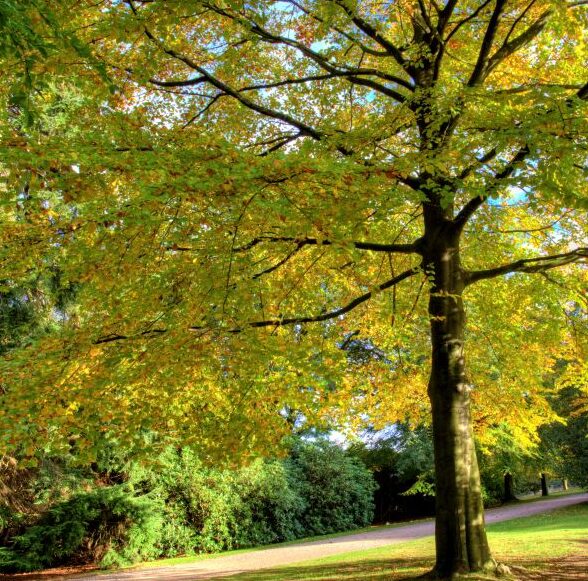
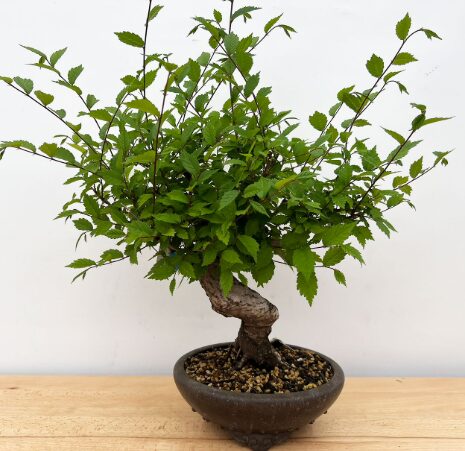
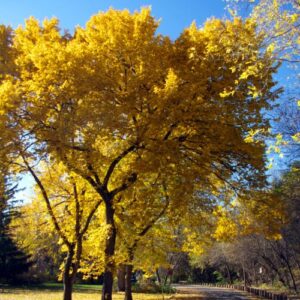
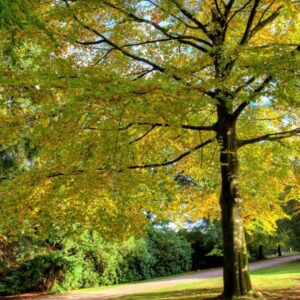
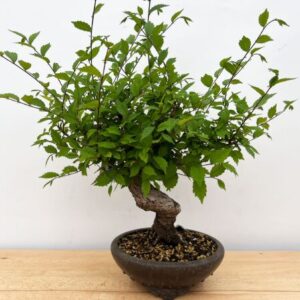

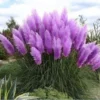
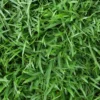

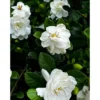
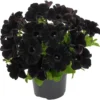
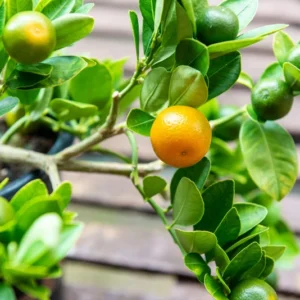
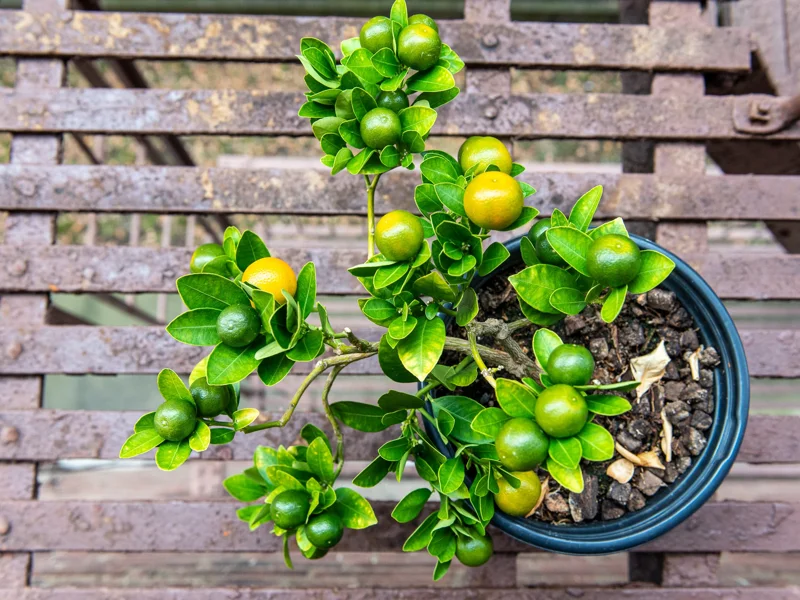
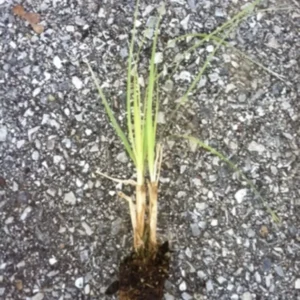
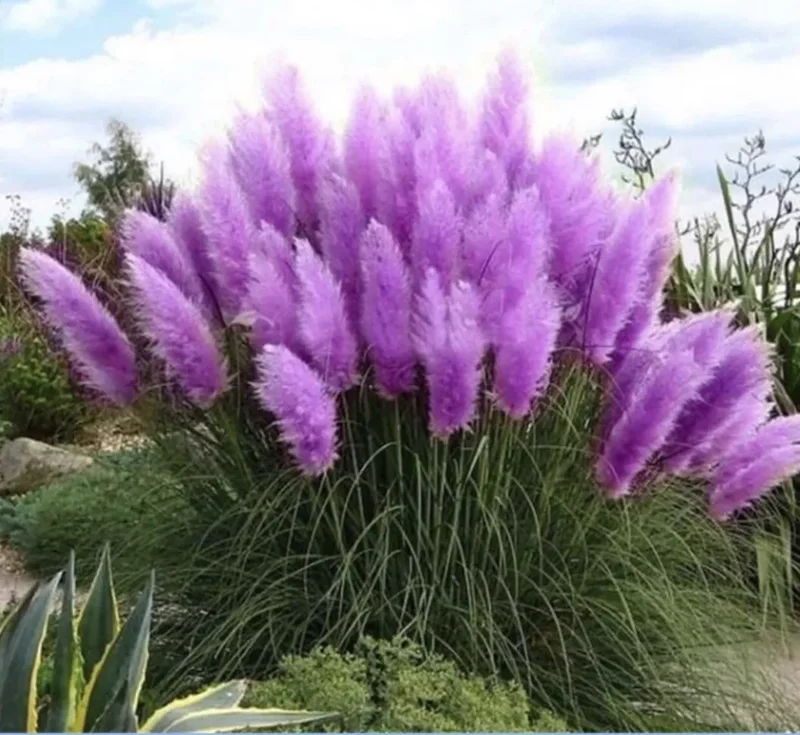
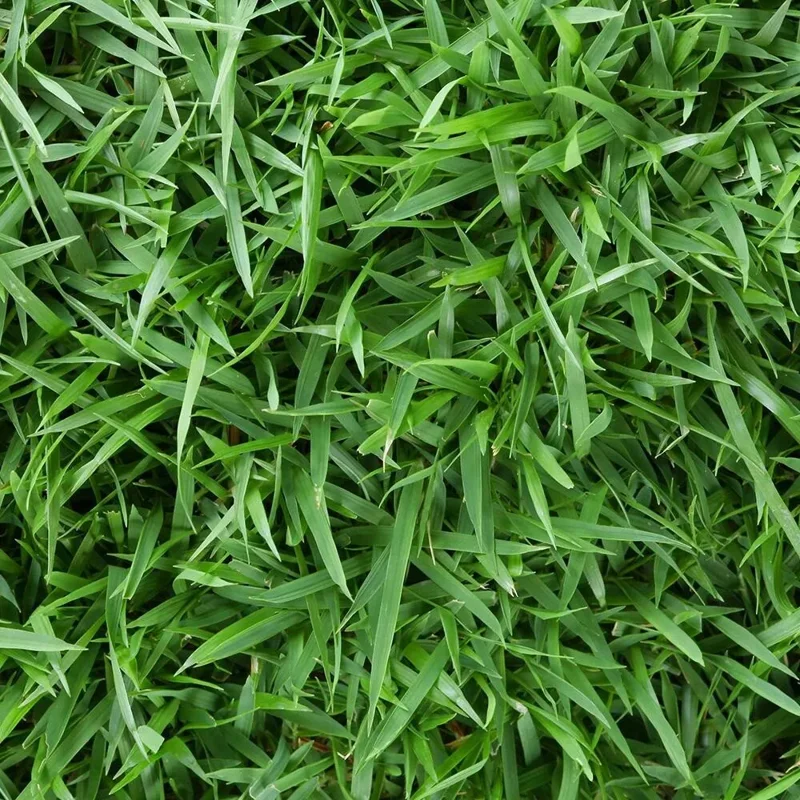
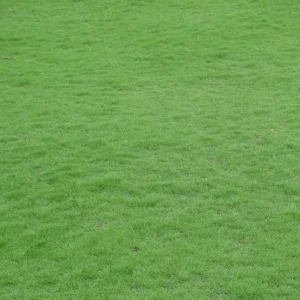
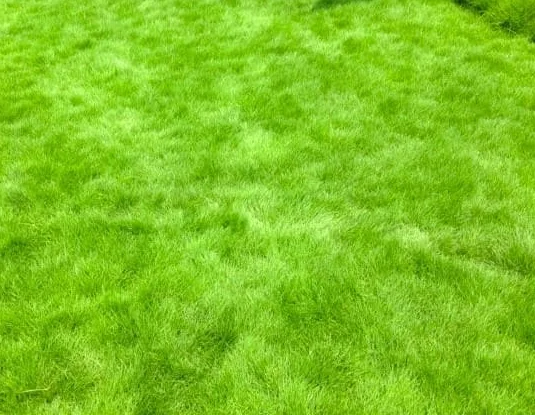

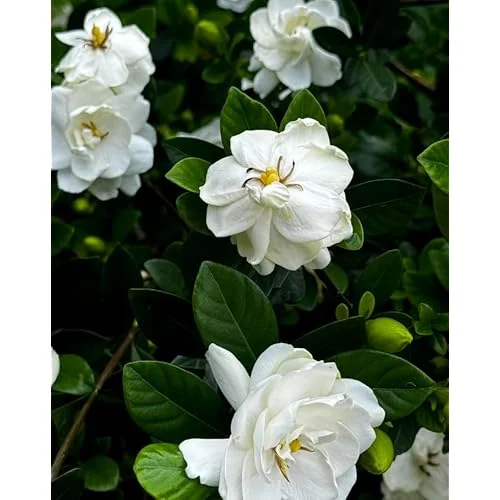
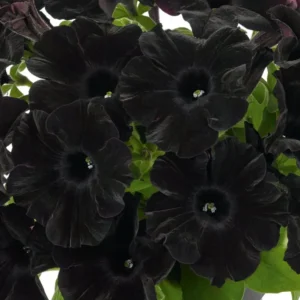
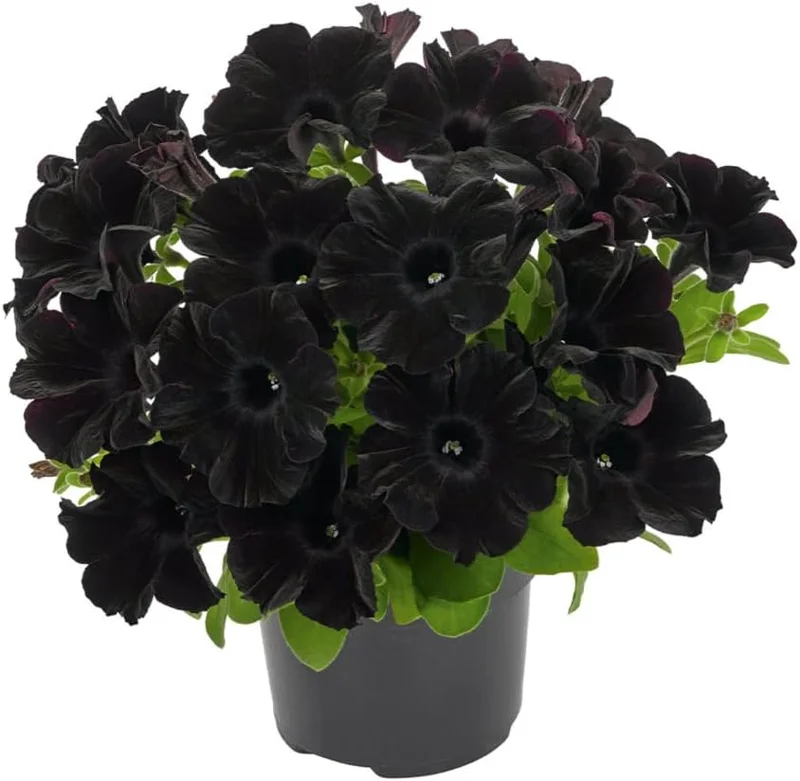
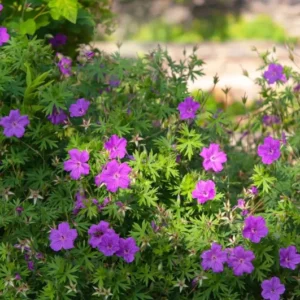
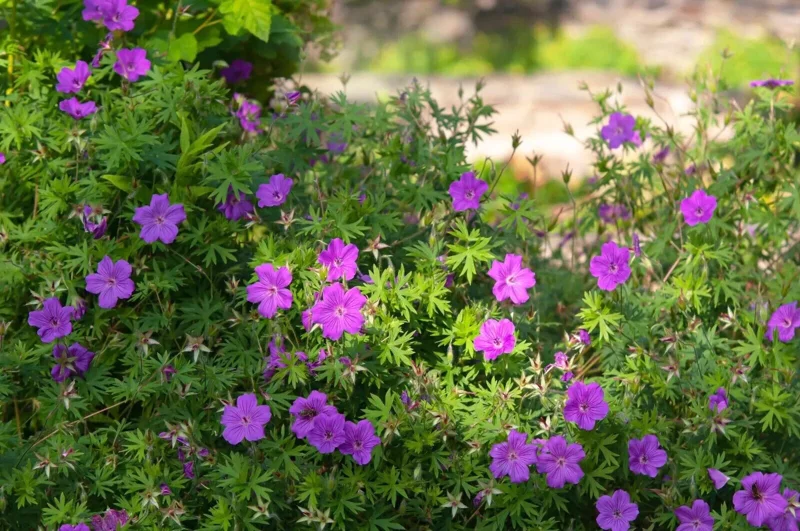
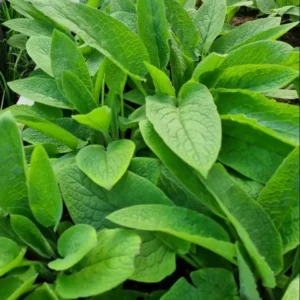
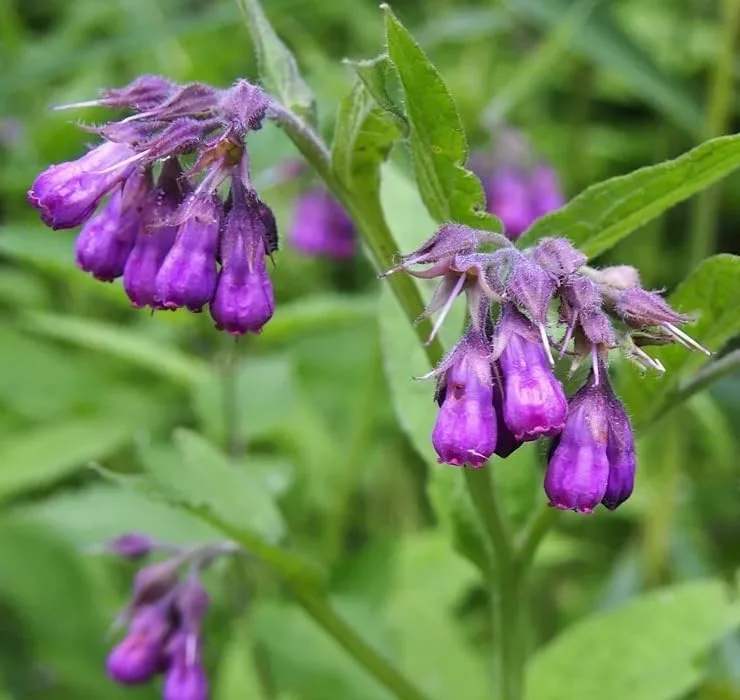
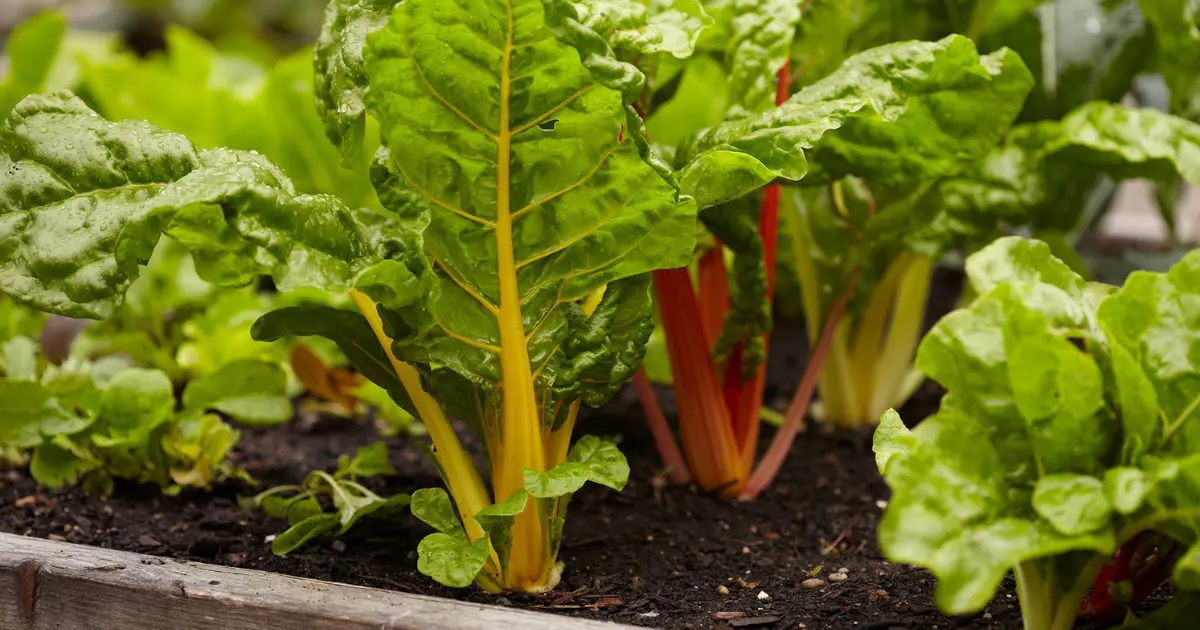
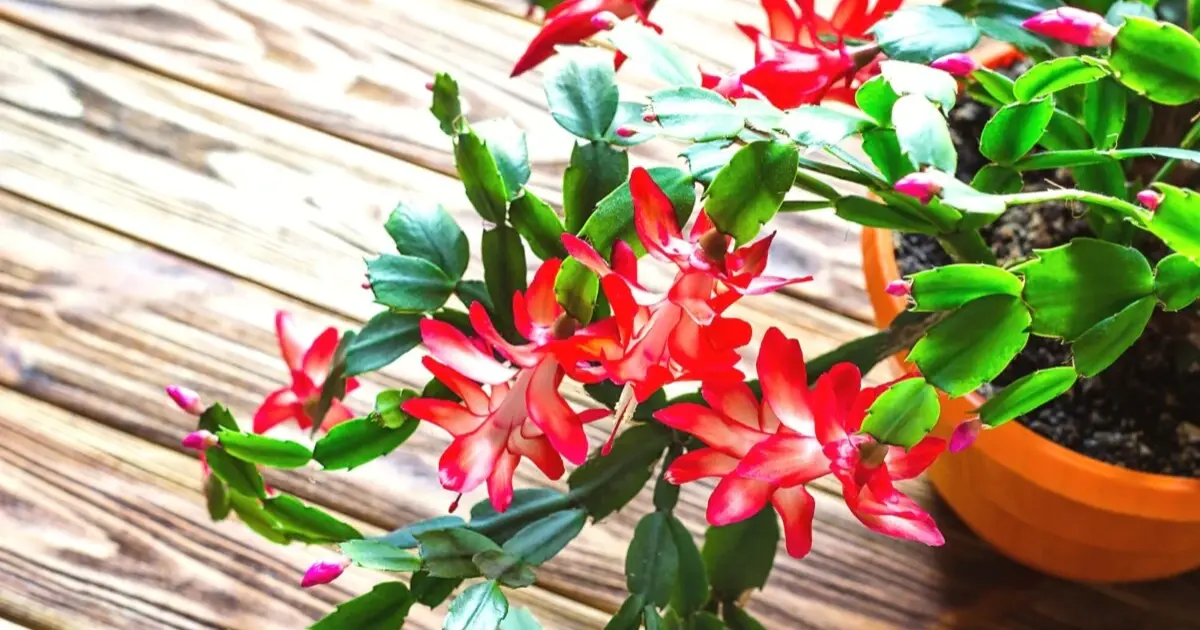
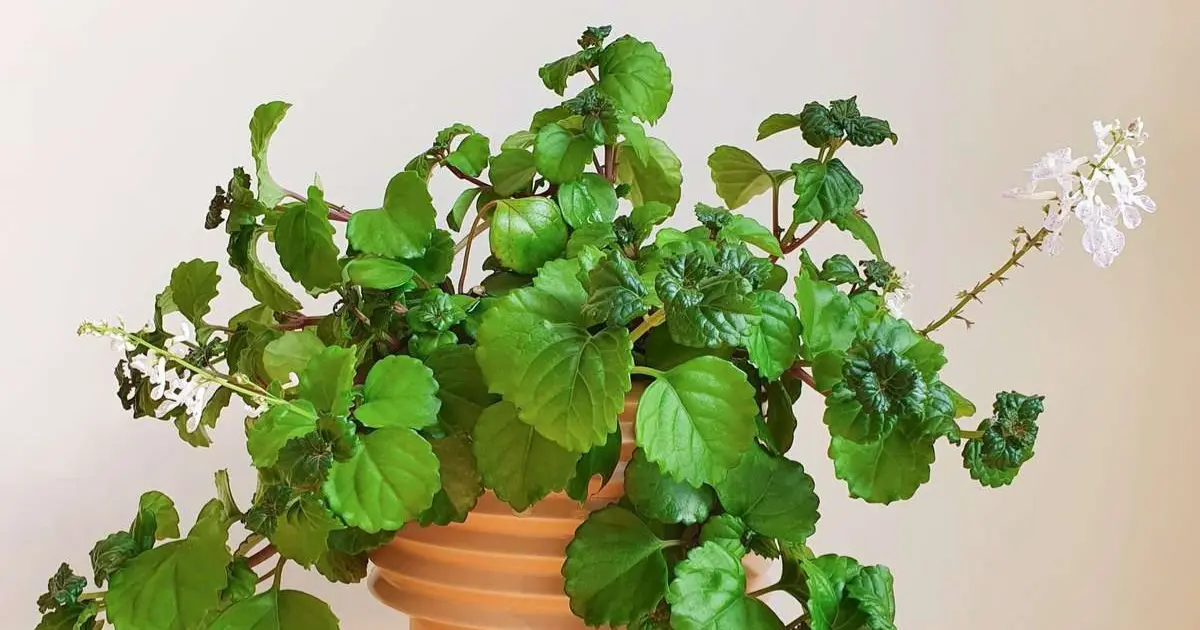
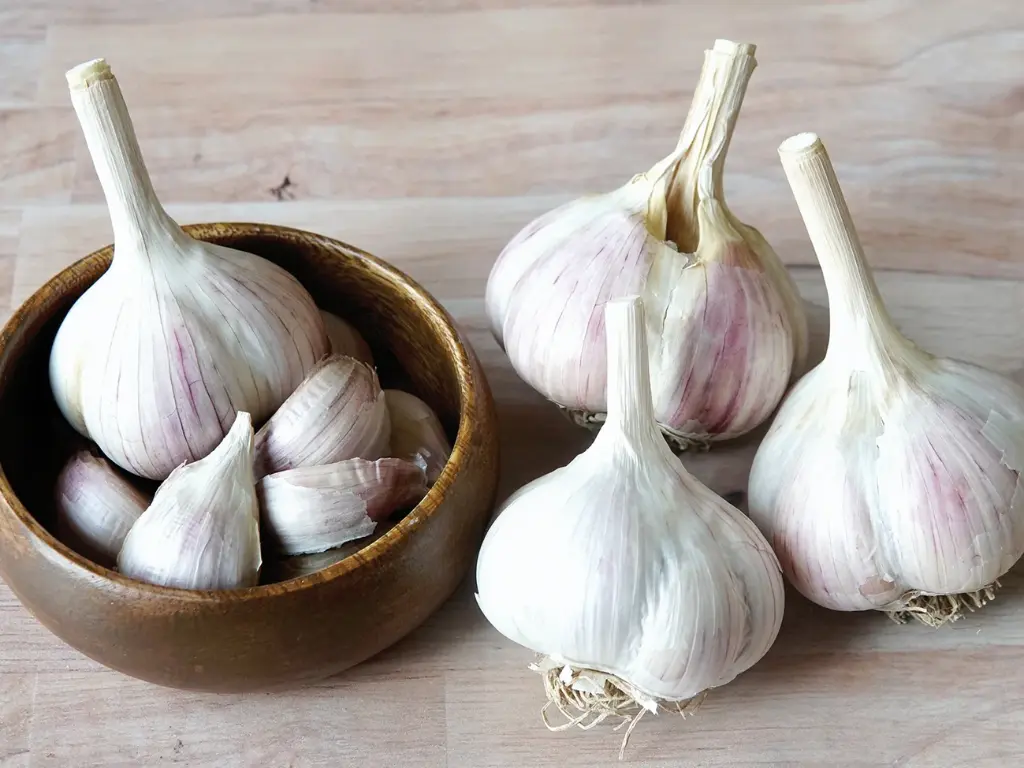
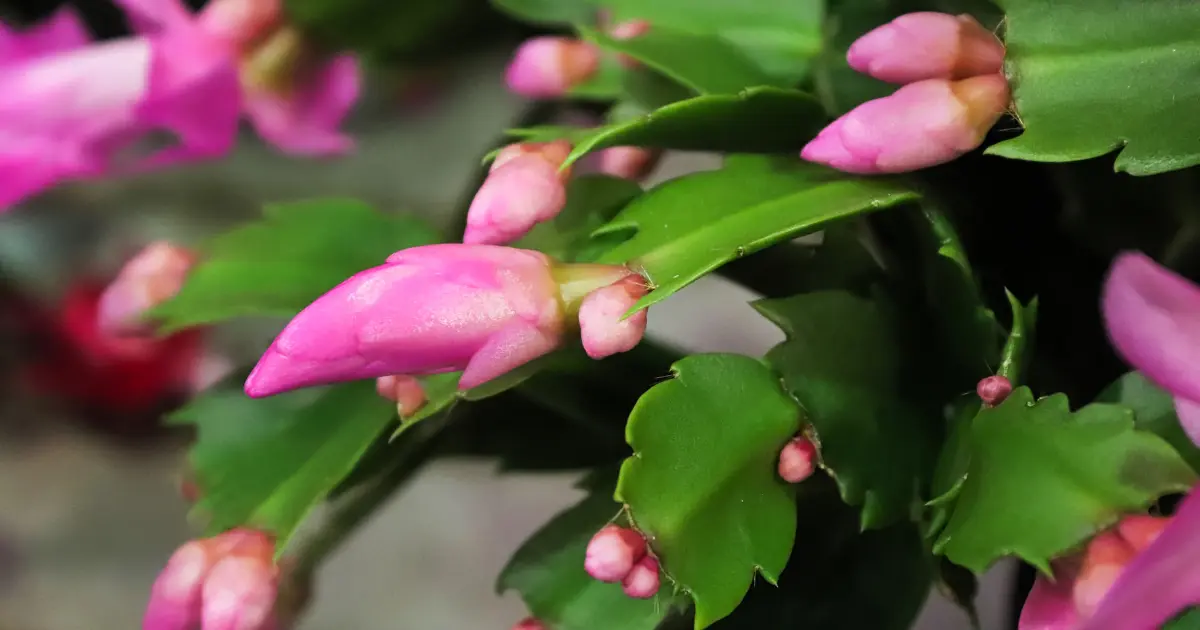

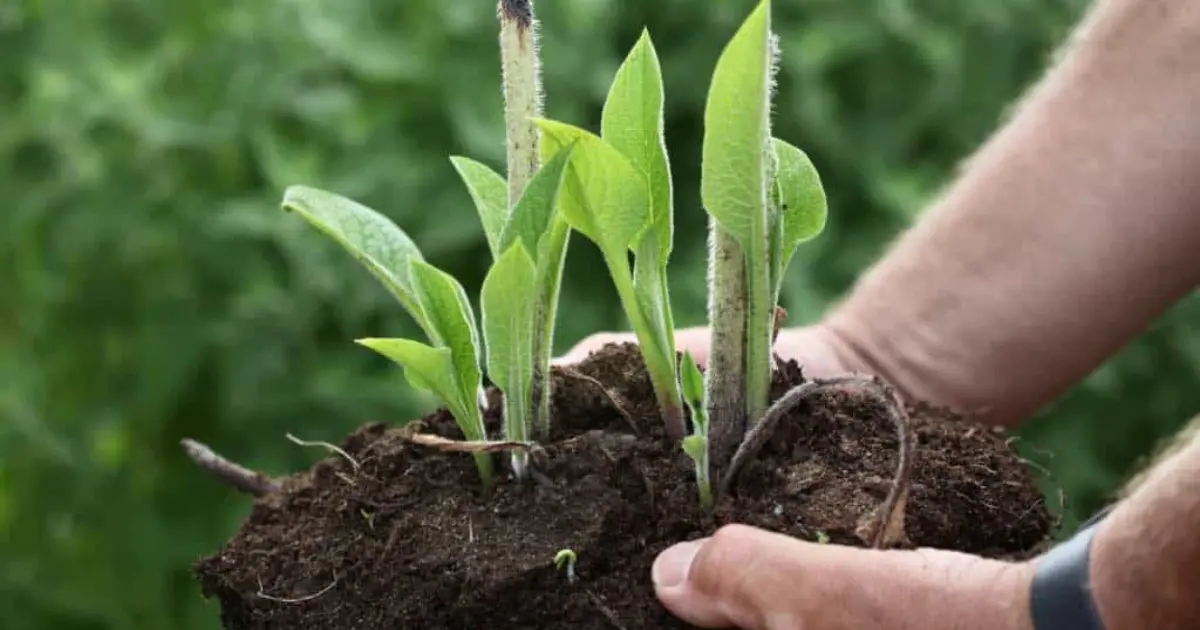
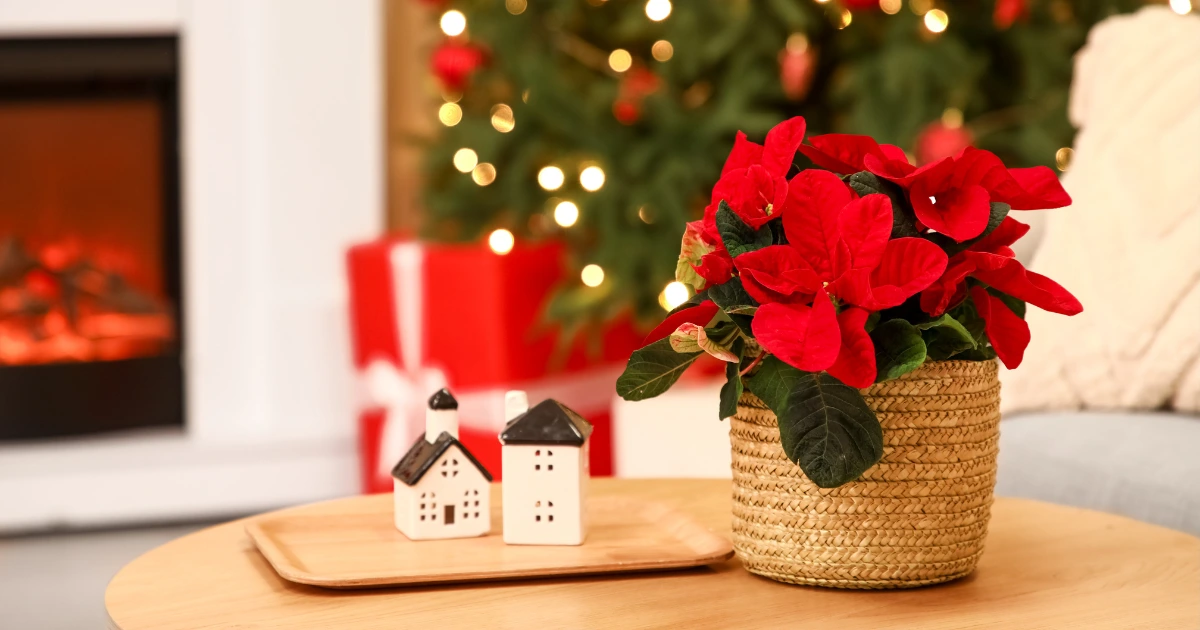

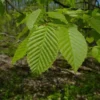
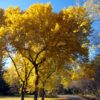
Reviews
There are no reviews yet.